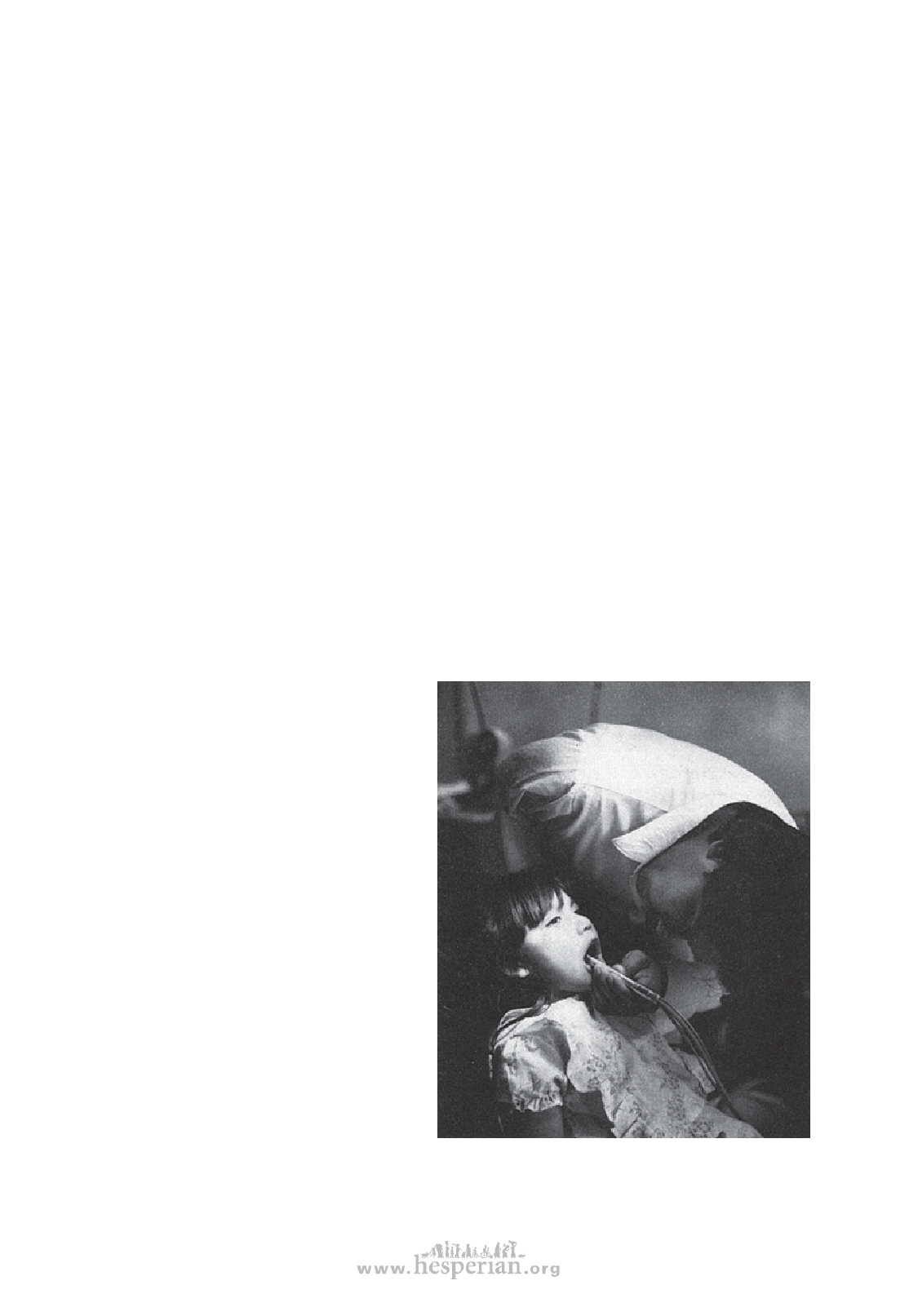
‘Sheltered workshops’ —yes or no?
WORK 513
Sheltered workshops are special training and production centers for disabled
persons. The idea is to provide a work opportunity and a little pay to those who would
find it difficult to get training and employment ‘on the outside’.
At best, these workshops can be a very valuable experience for participants, and
may serve as a step toward greater independence. They help participants gain the
technical and social skills, work habits, responsibility, and self-confidence needed for
outside employment or self-employment.
At worst, sheltered workshops can (and often do) actually hold back the
development and crush the spirit of participants. Too often they are run by persons
who treat the workers like babies or slaves, giving them simple, repetitive tasks. The
workers are not involved in the planning, organization, or running of the program.
They are simply told what to do. They become increasingly dependent on the center
and fearful of their inability to make it on their own in the outside world.
Perhaps the key difference between these two kinds of sheltered workshops is the
question of control and equality. If the participants are involved in the direction and
decision making of their own program, then they will grow and mature along with the
program. Perhaps they will make more ‘mistakes’ than a program that is controlled
and run by ‘superiors’. But they will learn from those mistakes. At the same time they
learn crafts, they learn skills in decision-making, problem-solving and small-group
democracy—essential skills for improving life in the ‘real world’.
A community-based rehabilitation
program run by disabled persons may
have some features of a sheltered
workshop. It may provide special
training and work opportunities
adjusted to the pace, abilities, and
limitations of each participant. It may
provide such an enjoyable ‘home’ and
‘family’ setting that some persons
may choose to keep working rather
than to ‘move on’ into the ‘outside
world’. But because it is a program
run by disabled persons, and major
decisions are made at all-group
meetings, it tends to be a dignifying
and liberating experience.
A program where disabled and
non-disabled persons work side by
side, sharing equally in decisions and
responsibility, may be even more
liberating.
A one-armed young man who works as a village
dental worker in Project Piaxtla drills a
tooth before filling it. (Mexico)
disabled village children